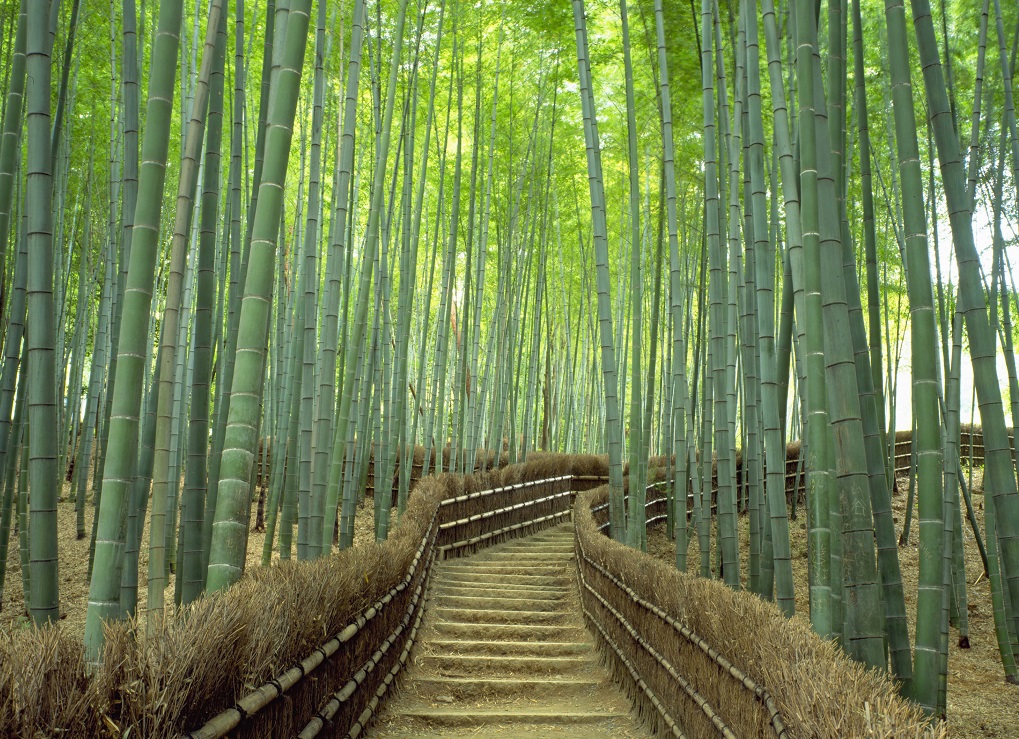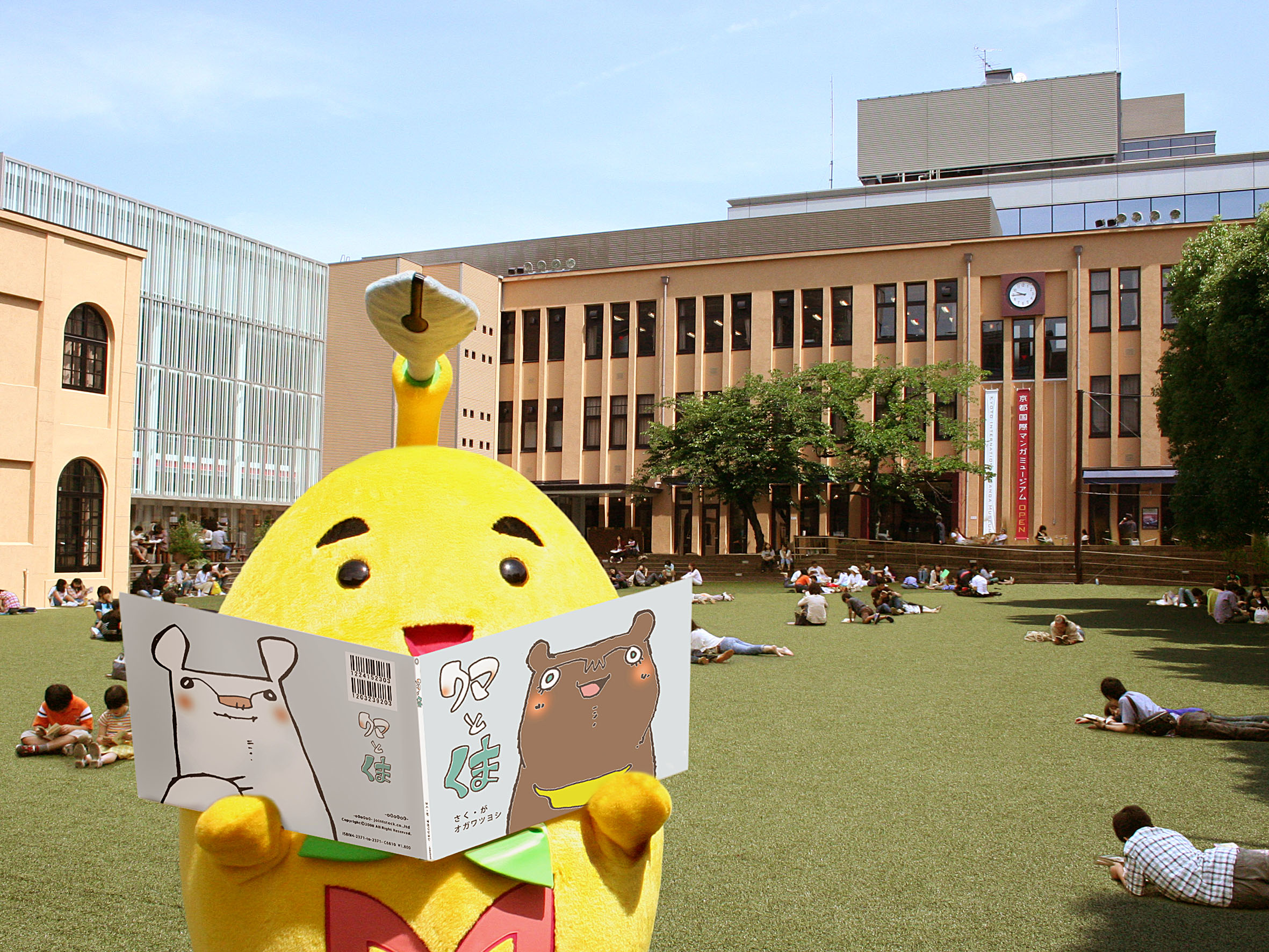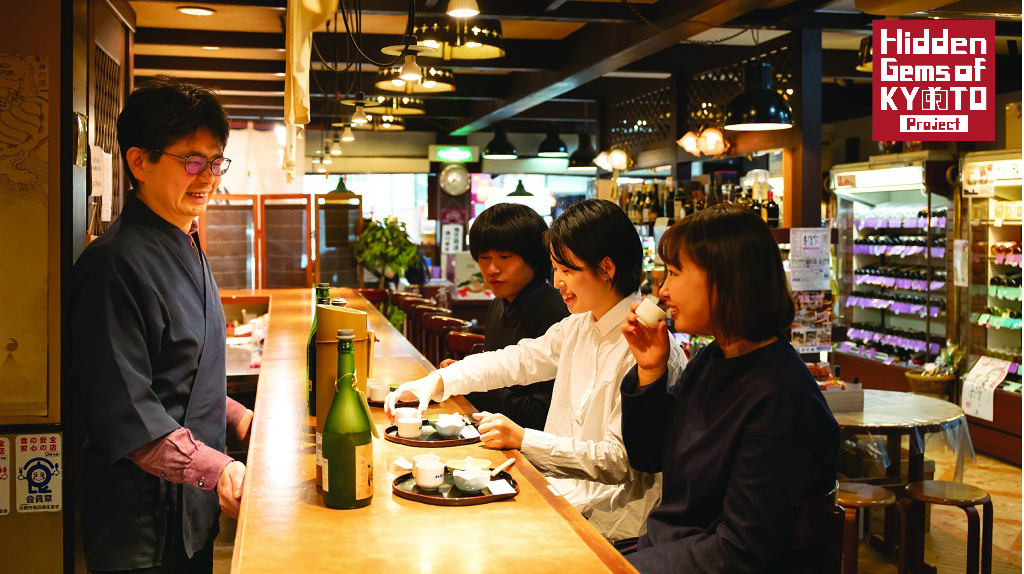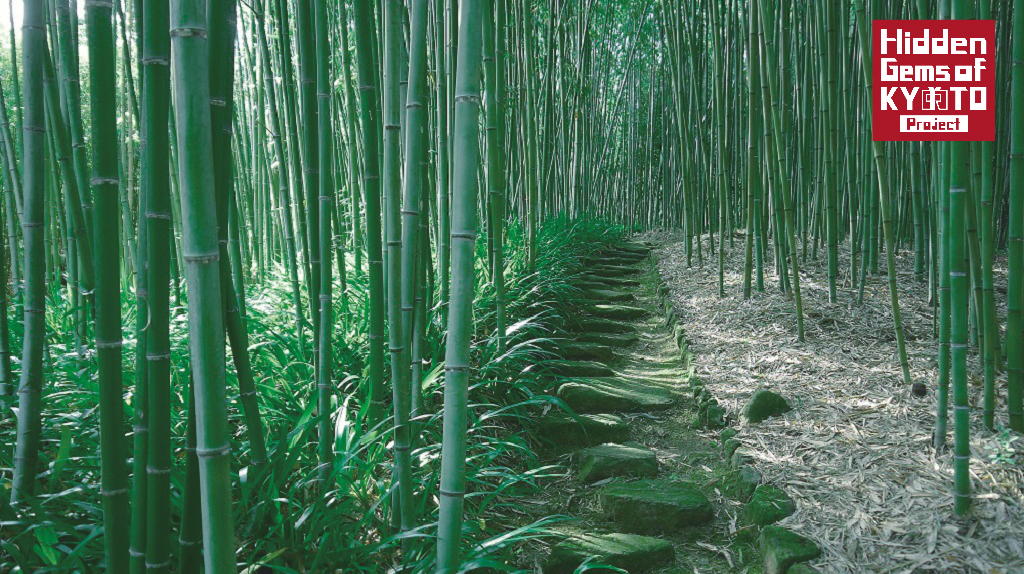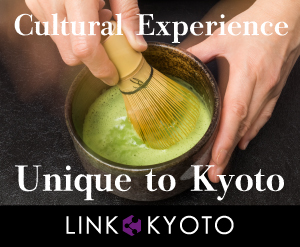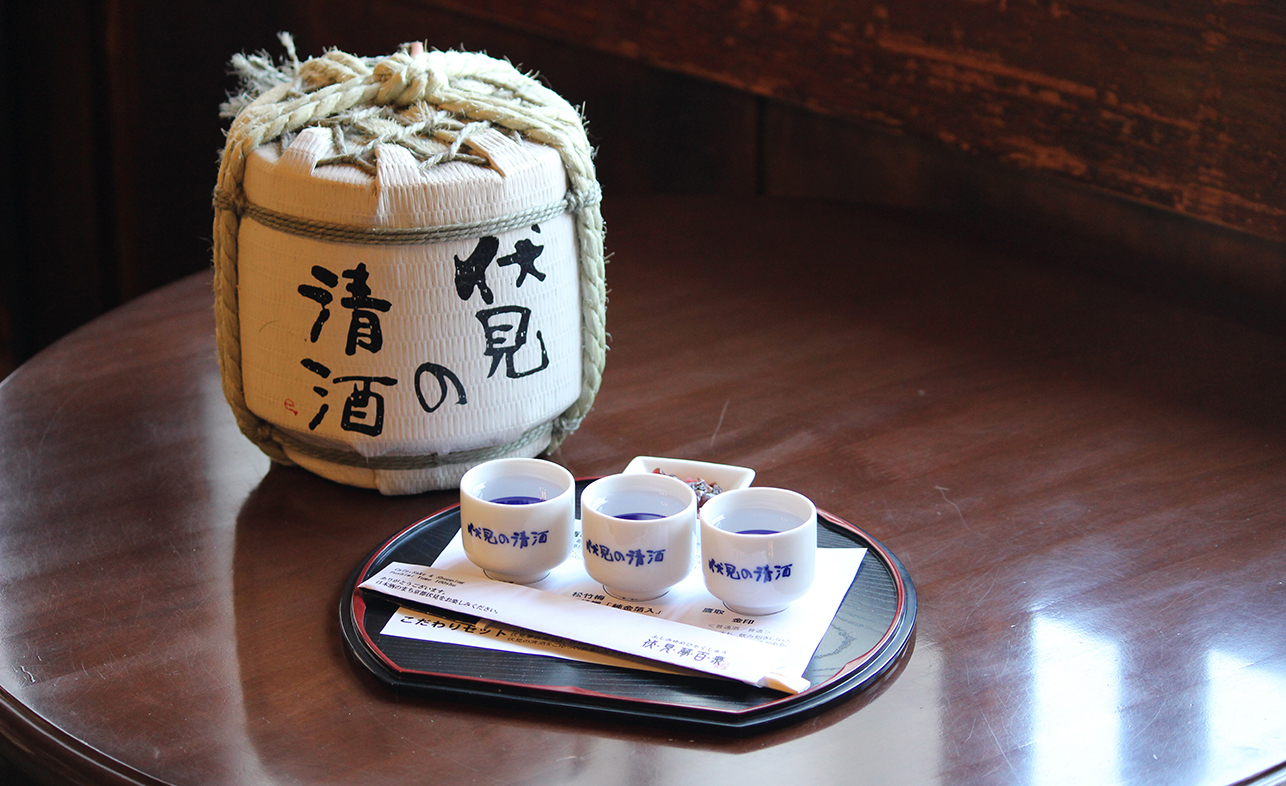
Recommended length: 1 day
While most tourists who come to Japan know of Fushimi Inari Taisha Shrine and its thousand vermilion gates, Fushimi Ward has quite a few more hidden gems. Located in the south of Kyoto, this district has long served as an important transportation hub, connecting Kyoto and Osaka by river.
Today, the canals that wind Fushimi serve as a popular tourist destination where visitors can tour the area on a picturesque boat ride.
Pleasure Boating
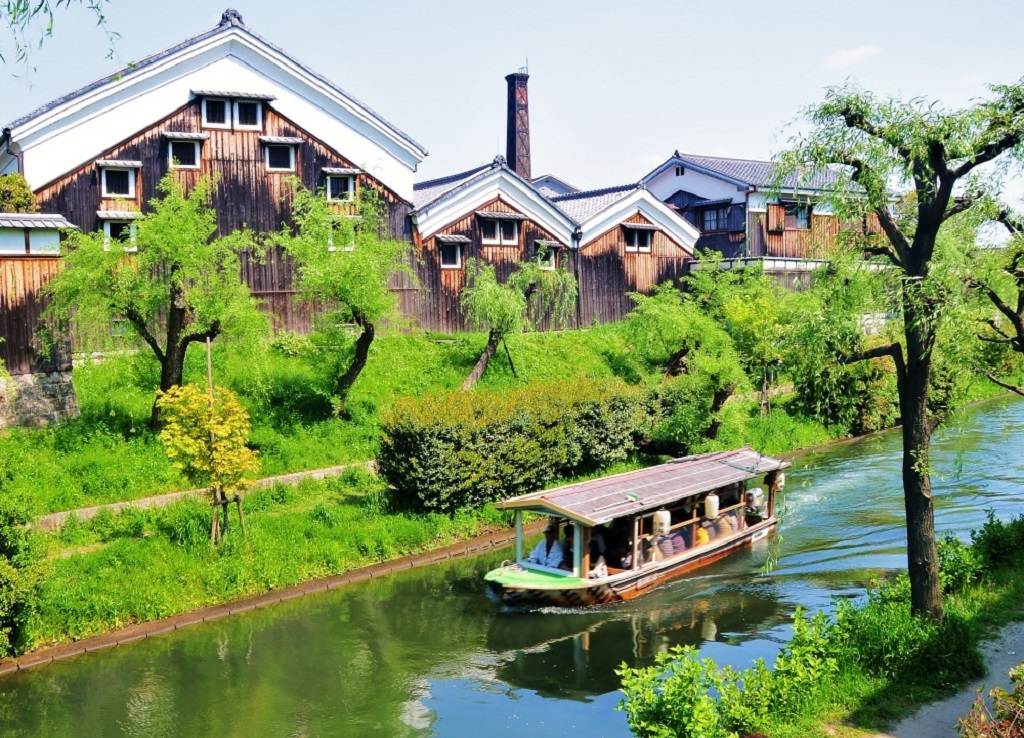
A boat ride along the canals
In addition to sampling some of Fushimi’s sake, there’s no better way to take in the landscape and historical scenery of the area than the 50 minute Jikkoku-bune Cruise. Once onboard the vessel, you’ll meander down the river past traditional covered boats, and the signature wood and plaster walls of numerous sake breweries. The willow trees and seasonal flora lining the riverbanks make the ride beautiful during its run in spring, summer and autumn.
The boat ride is unavailable in winter.
-
Walk 20 minutes
Saigan-ji Temple
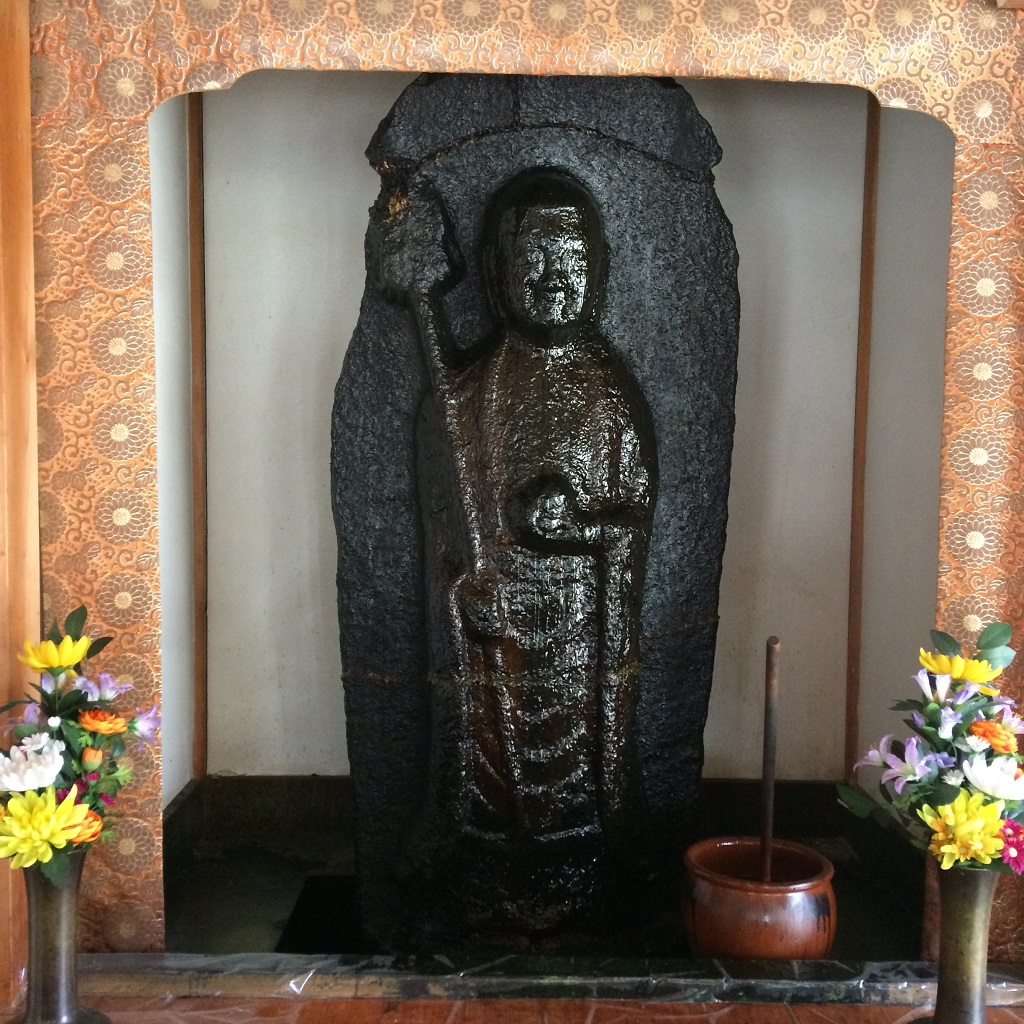
Visit an unusual Fushimi figure
On a visit to Kyoto, you may notice tiny stone statues throughout the city. These small, monk-like statues are known as jizo, and are believed to be the guardians of children. Traditionally, they were placed near neighborhood gates and on streets to protect the community, and especially its children from fire and disease.
Fushimi is also home to some jizo of its own, including one unusual figure at Saigan-ji Temple, known as the Abura-kake Jizo (or “Oil-Washed Jizo”).
It’s said that long ago, an oil merchant once tripped in front of the temple gate here, overturning his bucket of oil, which in those days was considered extremely precious. Unable to do anything else, he is said to have poured the remainder of the oil over the jizo statue as an act of prayer. After this event, so the story goes, the oil merchant’s sales flourished, and so began the unusual practice of washing this jizo in oil. Head by Saigan-ji Temple to see if you can find it on your visit!
The temple is a place of worship, so please remember to remain respectful and quiet when you make your visit. Please also be aware that there are some areas which visitors are not allowed to enter.
-
Walk 3 minutes
Fushimi Otesuji Shopping Street
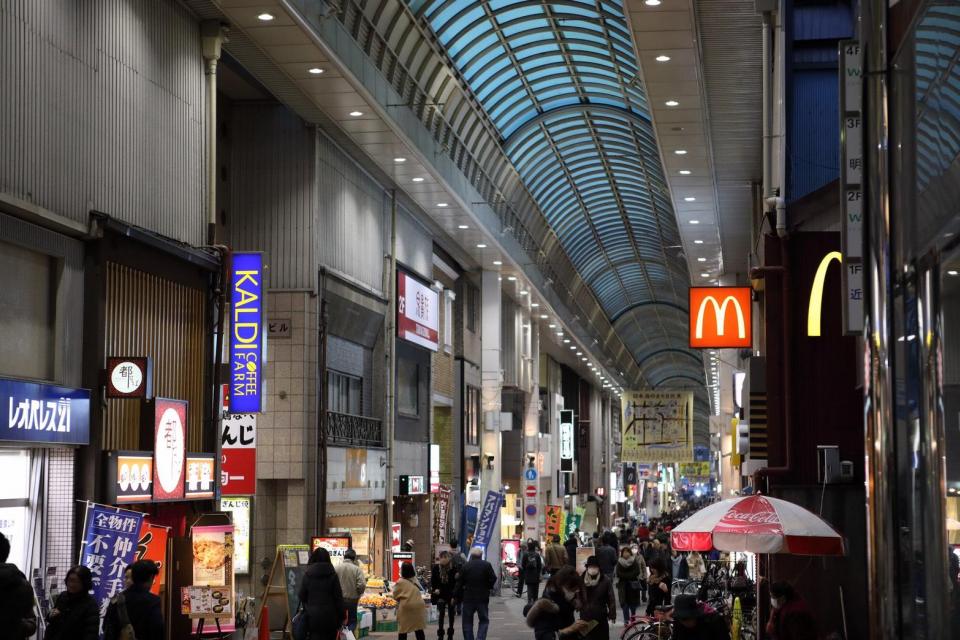
Enjoy shopping and take in the local atmosphere
The Fushimi Otesuji Shopping Street is a perfect location for window shopping, grabbing a snack, or browsing everyday Japanese goods.
-
Walk 10 minutes
Sancho Fushimi
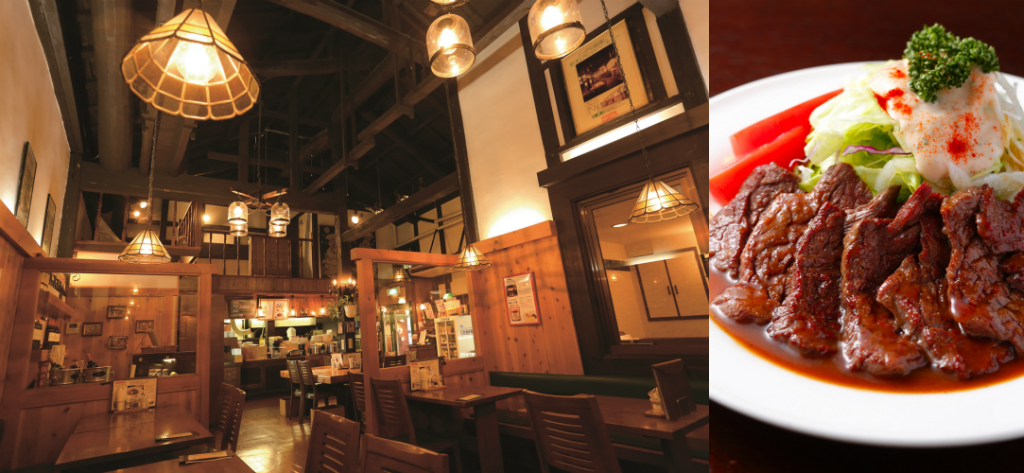
Grab a bite to eat in a historic building
Strolling around Fushimi may make you work up a bit of an appetite. When that happens, consider heading over to “Sancho, the Salad Shop.” Though Sancho is a restaurant today, the building in which it operates was once a sake brewery. The ceiling is unusually tall, and the warm wood-paneling makes for a relaxing dining spot. The menu features filling dishes like hamburger and teriyaki steaks.
